The world of commerce has undergone a remarkable transformation with the rise of online payment methods. What once seemed like a distant dream has become a reality, as people now have the ability to pay for products and services with just a few clicks.
This comprehensive overview aims to shed light on the intricacies of online payment methods, covering their evolution, importance, types, security aspects, and factors to consider when choosing the right online payment option or method.
Understanding Online Payment Methods

Online payment methods have come a long way since their inception. From the early days of cumbersome and unreliable systems, we now live in an era where we can effortlessly make digital transactions. The evolution of online payment methods can be attributed to advancements in technology, such as the widespread adoption of the internet and the development of secure encryption algorithms.
One of the key factors that contributed to the evolution of online payment methods is the widespread adoption of the internet. As more and more people gained access to the internet, the demand for convenient and secure online payment options grew. This led to the development of the various payment methods, gateways and platforms that allowed users to make transactions with ease.
Another significant development in the evolution of online payment methods is the development of secure encryption algorithms.
In the early days of online transactions, security was a major concern. However, with the advancement of encryption technologies, online payment methods became more secure, instilling confidence in users to make digital transactions without fear of their personal and financial information being compromised.
The Importance of Online Payment Methods
Online payment methods have become an integral part of our everyday lives. Their importance is evident in the convenience they offer. With the ability to make payments from the comfort of our homes, we no longer need to worry about carrying cash or standing in long queues.
Moreover, online payment methods have opened up a global marketplace, allowing businesses to reach customers across borders.
The convenience offered by online payment methods cannot be overstated. Whether it’s paying bills, shopping online, or transferring money to friends and family, online payment methods have made these tasks quick and hassle-free. No longer do we need to rely on physical currency or checks to make payments; a few clicks on our devices and the transaction is complete.
In addition to convenience, online payment methods have also revolutionized the way businesses operate. With the ability to accept online payments, businesses can now reach a wider customer base.
This has opened up new opportunities for small businesses and entrepreneurs to expand their reach and compete in the global marketplace. Online payment methods have leveled the playing field, allowing businesses of all sizes to thrive in the digital age.
Furthermore, online payment methods have enhanced security measures to protect users’ financial information. With the implementation of robust security protocols, such as two-factor authentication and tokenization, the risk of fraud and identity theft has been significantly reduced. This has instilled trust in users, encouraging them to embrace online payment methods and enjoy the benefits they offer.
Credit and Debit Card Payments
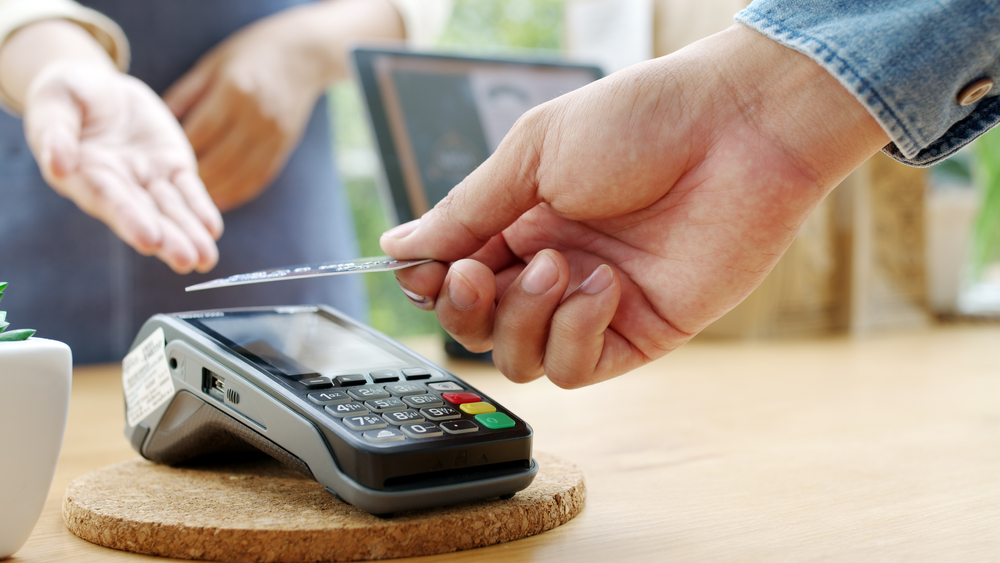
In the intricate landscape of e-commerce, Credit and Debit Card Payments have emerged as the linchpin, facilitating seamless transactions and fostering consumer convenience. This discourse delves into the multifaceted realm of card-based transactions, elucidating their mechanics, nuances, and pivotal role in modern commerce.
The Dominance of Card-based Transactions in E-commerce
Pervasive Adoption
Card-based transactions, encompassing Credit and Debit Cards, have witnessed a meteoric rise, overshadowing traditional Cash Payments and Bank Transfers. The advent of Online Payment Services and Mobile Payments has further propelled the ubiquity of card transactions, making them the preferred Payment Method for myriad consumers.
Convenience and Accessibility
The allure of card payments resides in their unparalleled convenience and accessibility. Whether it’s Apple Pay, Google Pay, or other Digital Payment Methods, the ability to Pay Online seamlessly resonates with the modern consumer ethos, fostering a frictionless Payment Process and enhancing Customer Satisfaction.
Understanding Card Networks: Visa, Mastercard, American Express, and More
Card Network Dynamics
Card networks, comprising stalwarts like Visa, Mastercard, and American Express, orchestrate the intricate ballet of card transactions.
These networks liaison between Credit Card Companies, Payment Service Providers, and Merchant Accounts, ensuring seamless Payment Processing and facilitating Online Transactions across global markets.
Network Variability and Reach
While Visa and Mastercard dominate the global landscape, other networks cater to niche markets, offering tailored Payment Solutions and catering to Preferred Payment Methods. The interplay between these networks, Payment Gateways, and Online Retailers elucidates the diverse tapestry of card-based transactions.
The Mechanics of Card Payments: Authorization, Settlement, and Clearing
Authorization Protocols
The Payment Processing System hinges upon rigorous authorization protocols, verifying the cardholder or customer’s account credentials and confirming the Payment Upfront. This pivotal step, orchestrated by the Payment Gateway and the Cardholder’s Bank, lays the groundwork for subsequent transaction phases.
Settlement and Clearing Dynamics
Post authorization, the settlement and clearing processes come into play, culminating in the seamless transfer of funds from the Purchaser’s Bank Account to the Merchant Account.
The orchestration of these processes, encompassing Recurring Payments and Automatic Payments, epitomizes the efficiency of contemporary Payment Systems.
Ensuring Security: CVV, Encryption, and Fraud Prevention Measures
CVV and Encryption Safeguards
Security remains paramount in card-based transactions, with CVV codes and robust encryption algorithms serving as bulwarks against potential breaches. These security protocols, integrated within the Payment Gateway and Digital Wallet infrastructures, mitigate risks and fortify the integrity of Financial Transactions.
Fraud Prevention Paradigms
In tandem with encryption, fraud prevention measures such as Transaction Fees, anomaly detection algorithms, and real-time monitoring mechanisms are pivotal. These safeguards, instituted by Payment Service Providers and Online Businesses, ensure the sanctity of transactions and foster Customer Trust.
Digital Wallets and Mobile Payment Solutions
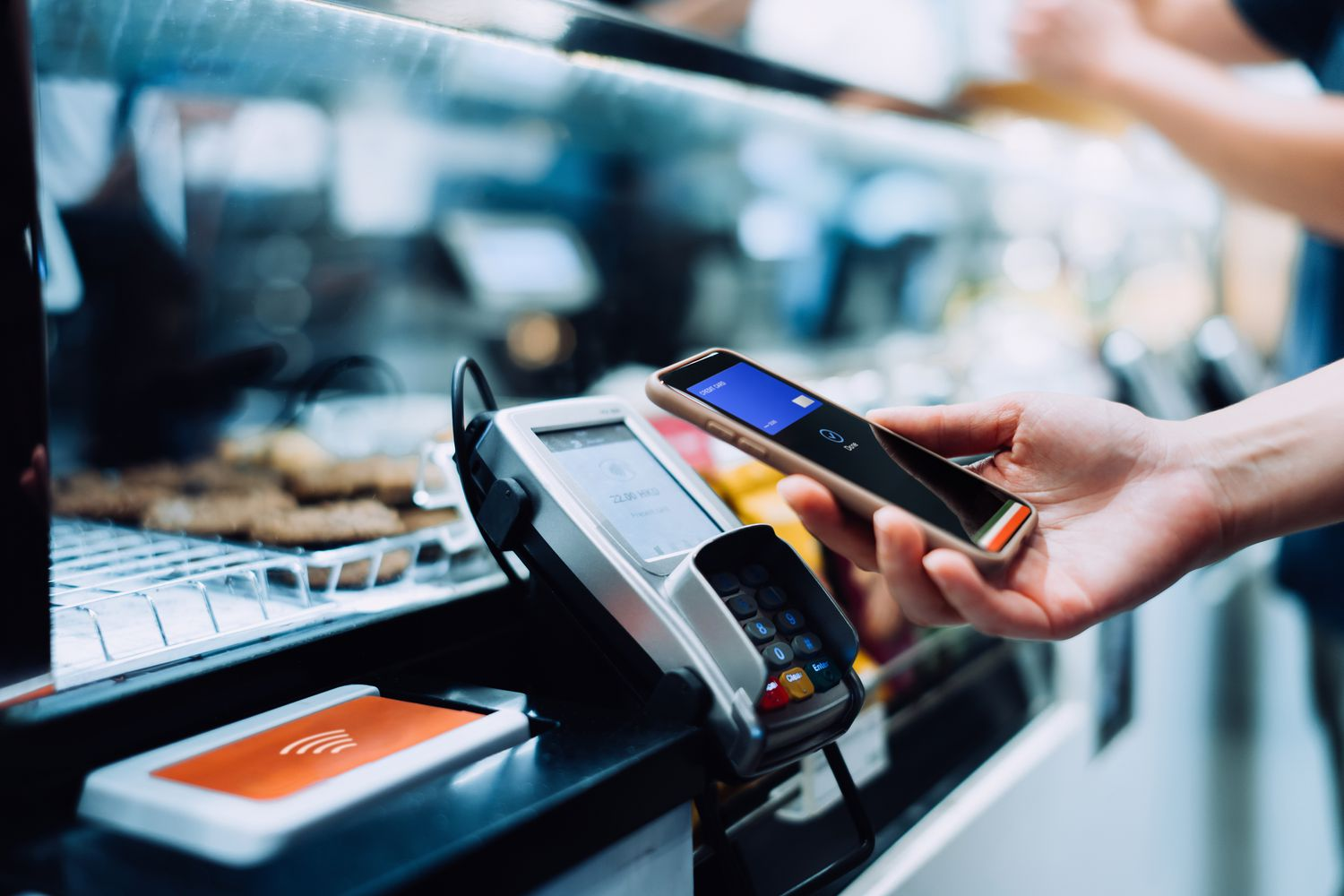
Rise of Digital Wallets: A Convenient Alternative to Traditional Payments
The proliferation of digital technology has catalyzed a paradigm shift in the realm of financial transactions, ushering in the ascendancy of digital wallets as a formidable alternative to conventional payment methods.
Digital wallets encapsulate a virtual repository wherein users can securely store their financial credentials, facilitating swift and efficient transactions devoid of physical intermediaries.
Overview of Leading Digital Wallet Providers: PayPal, Apple Pay, Google Pay
In the competitive arena of digital payment solutions, several frontrunners have emerged, each distinguished by its unique features and expansive user base.
PayPal, a trailblazer in the realm of online payment services, offers a versatile platform encompassing a myriad of payment options, including bank transfers and debit card transactions.
Similarly, Apple Pay and Google Pay have carved niches within the mobile payment landscape, leveraging proprietary technologies to streamline transactions and enhance user experience.
Mobile Payment Innovations: Tap-to-Pay and NFC Technology
The advent of mobile payment innovations has revolutionized the manner in which transactions are conducted, transcending the constraints of traditional payment methods.
Tap-to-Pay technology, underpinned by Near Field Communication (NFC), empowers users to initiate transactions seamlessly by simply tapping their devices against compatible terminals.
This frictionless approach not only expedites the payment process but also augments security measures, mitigating risks associated with unauthorized transactions.
Enhancing User Experience through Seamless Integration and Accessibility
The overarching objective of digital payment solutions resides in augmenting user experience through the orchestration of seamless integration and unparalleled accessibility.
By interfacing with diverse payment systems and integrating with merchant accounts, digital wallets proffer a unified platform wherein users can effortlessly navigate a plethora of payment options.
This confluence of functionality and accessibility engenders heightened customer satisfaction, fortifying the viability of digital wallets as indispensable components within the contemporary payment landscape.
Top 5 Most Common Payment Apps Used Globally
In an era marked by technological advancements and the proliferation of digital solutions, the realm of financial transactions has seen a monumental shift. Today’s consumers seek convenience, security, and efficiency in their payment methods.
As such, a myriad of most popular payment methods and apps have emerged, catering to diverse needs and preferences. The top 5 most common payment apps used globally, elucidating their functionalities and the reasons behind their widespread adoption.
1. Apple Pay: The Pioneer in Mobile Payments
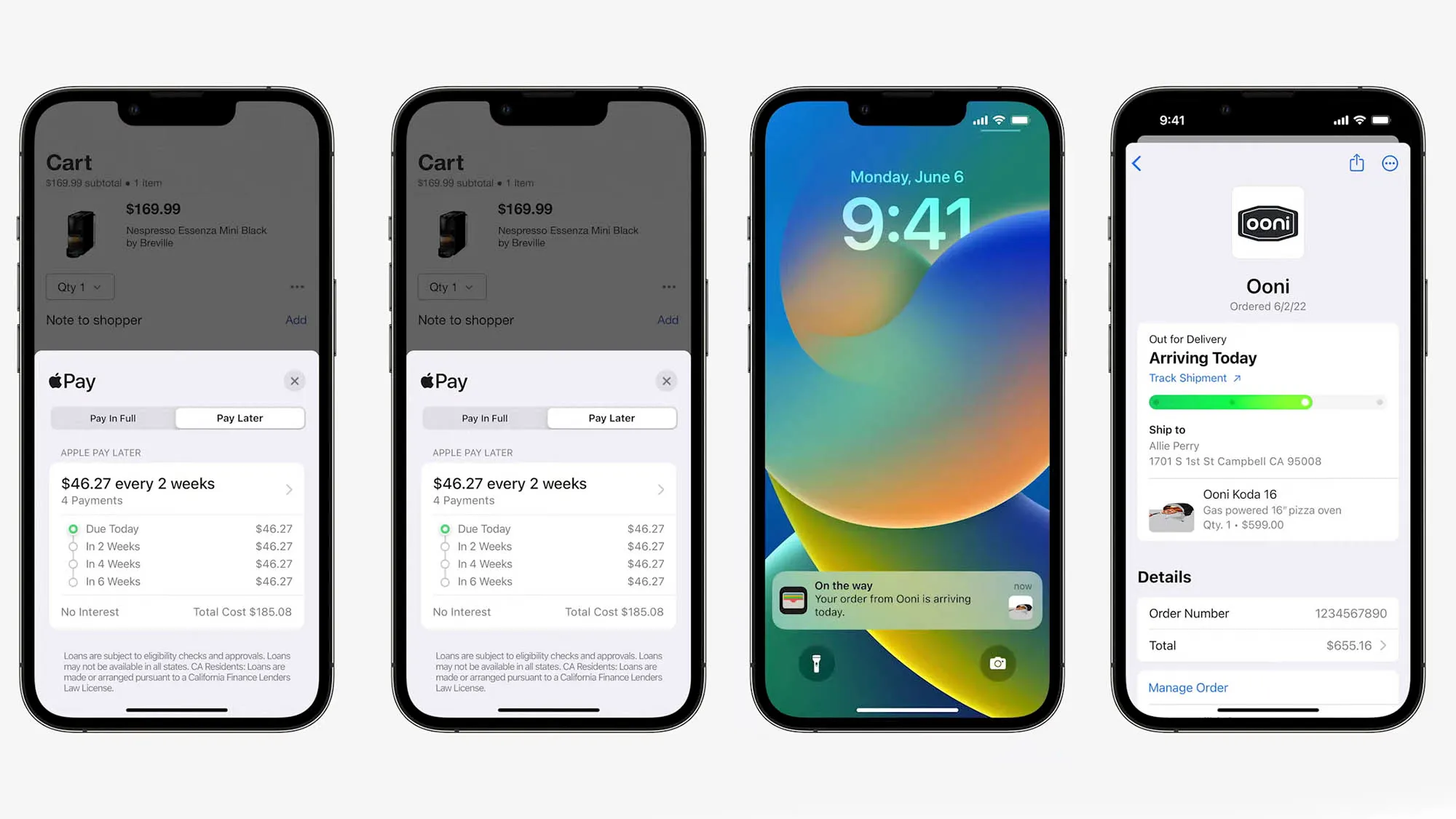
At the forefront of digital payment methods stands Apple Pay, a pioneering solution that revolutionized the landscape of mobile wallet payments. Leveraging Near Field Communication (NFC) technology, Apple Pay facilitates swift and secure transactions, allowing users to link their debit and credit cards seamlessly.
By integrating with a vast array of banks and credit card companies, it ensures widespread acceptance, making it a preferred payment option for millions worldwide. Furthermore, its robust security protocols and user-friendly interface have bolstered customer satisfaction, positioning it as a formidable player in the digital payment system and ecosystem.
-
Transaction Fees: Typically, Apple Pay does not charge users any additional fees for transactions. However, merchants might incur standard interchange fees associated with card transactions.
-
Verification Requirements: Users need to link their Apple Pay to a valid debit or credit card. Apple may require additional verification steps, such as two-factor authentication or biometric verification.
-
Security Protocols: Apple Pay employs tokenization to ensure that actual card details are not shared during transactions, bolstering security.
2. Google Pay: Bridging Online and Offline Transactions
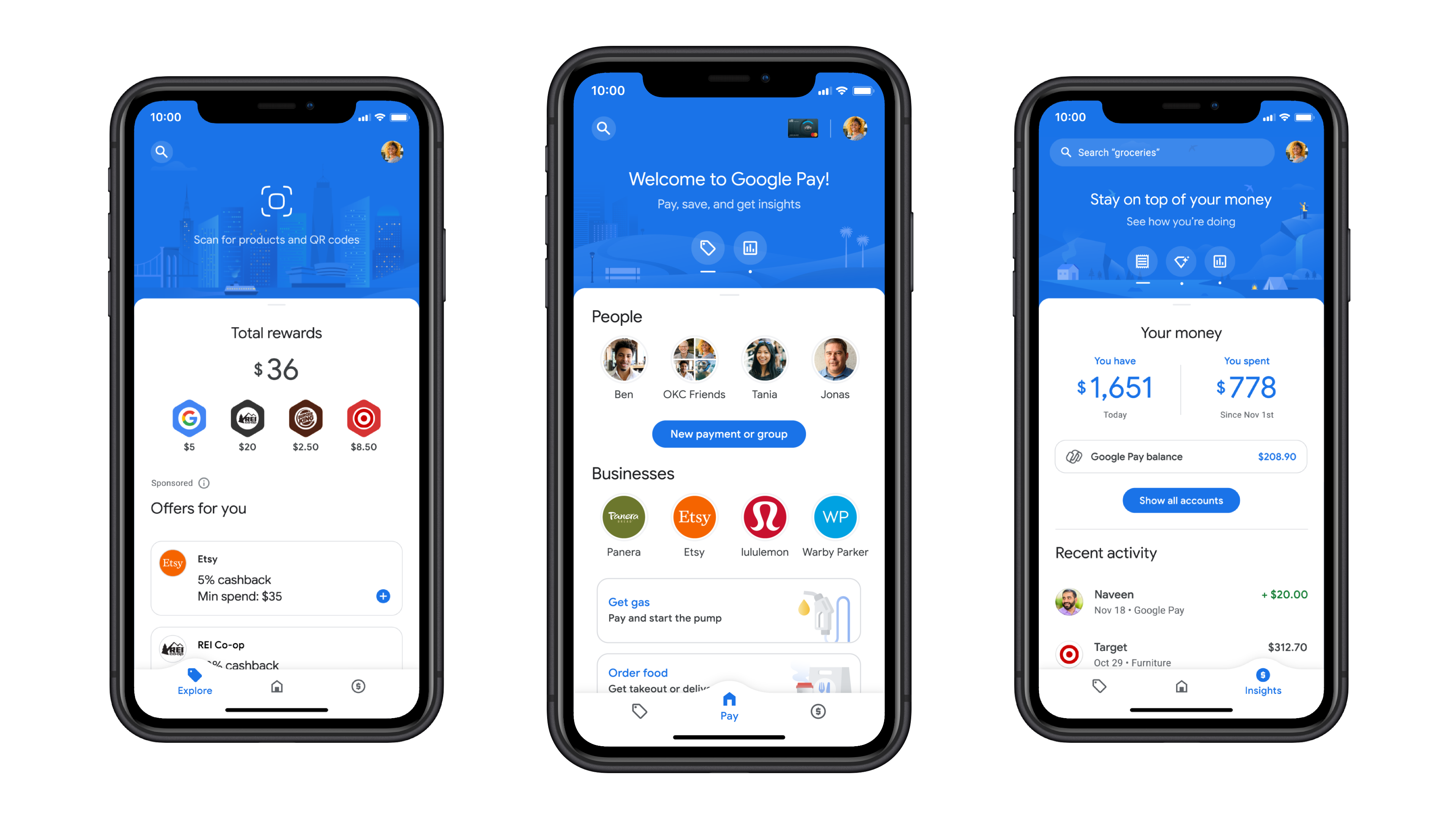
Google Pay, an offspring of the tech giant Google, has carved a niche for itself by adeptly bridging the realms of online and offline transactions. Recognized for its versatility, Google Pay facilitates payments through multiple channels, encompassing online retailers, physical stores, and even peer-to-peer transfers.
Its integration with various payment service providers and payment gateways ensures seamless payment processing, thereby enhancing user experience. Moreover, its foray into recurring billing and automatic payments has augmented its appeal among businesses and consumers alike.
-
Transaction Fees: Google Pay generally does not levy fees on users for transactions made via debit cards or bank transfers. However, credit card transactions might incur fees.
-
Verification Requirements: Users are required to link their bank accounts or cards and may need to undergo a verification process, which can include providing additional identification documents.
-
Security Protocols: Google Pay utilizes encryption and tokenization to secure transactions, and users can set up biometric authentication for added security.
3. PayPal: A Global Powerhouse in Online Payments
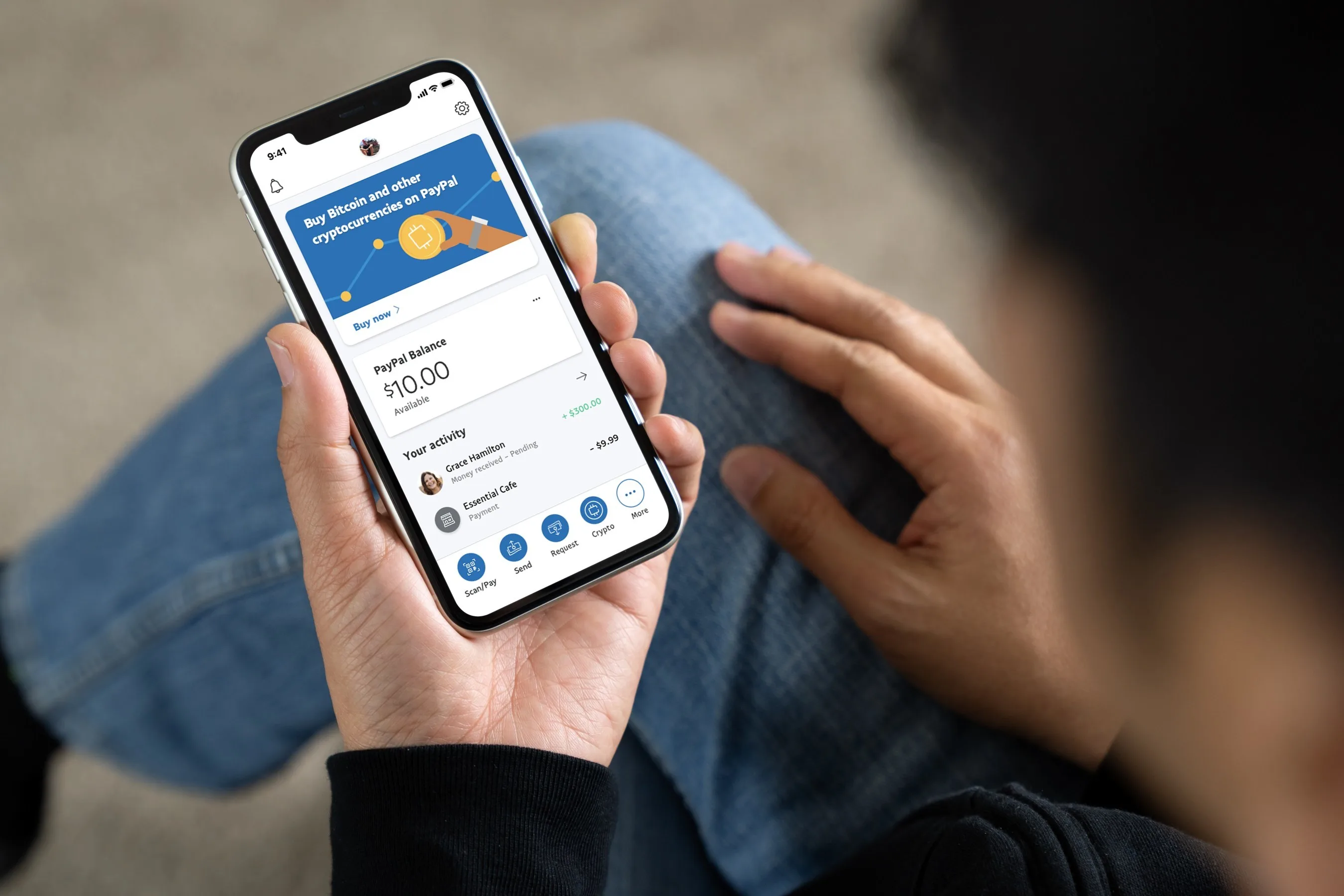
A stalwart in the realm of online payment services, PayPal has established itself as a global powerhouse, catering to the diverse needs of online businesses and consumers. With its expansive network spanning across numerous countries, PayPal enables users to process payments through various methods, including bank transfers, credit and debit cards, and even direct debits.
Its comprehensive payment processing system, coupled with transparent transaction fees, has fostered trust and reliability among its vast user base. Additionally, its integration with numerous online retailers and businesses underscores its pivotal role in facilitating secure and efficient online transactions.
-
Transaction Fees: While sending money within the same country via PayPal is usually free, international transactions or currency conversions may incur fees. Merchants face transaction fees based on the volume of sales.
-
Verification Requirements: Users need to verify their identity by linking a bank account, credit, or debit card. Enhanced verification might be required for higher transaction limits.
-
Security Protocols: PayPal employs advanced encryption and fraud detection mechanisms, and users can opt for two-factor authentication for enhanced security.
4. Venmo: Redefining Peer-to-Peer Payments
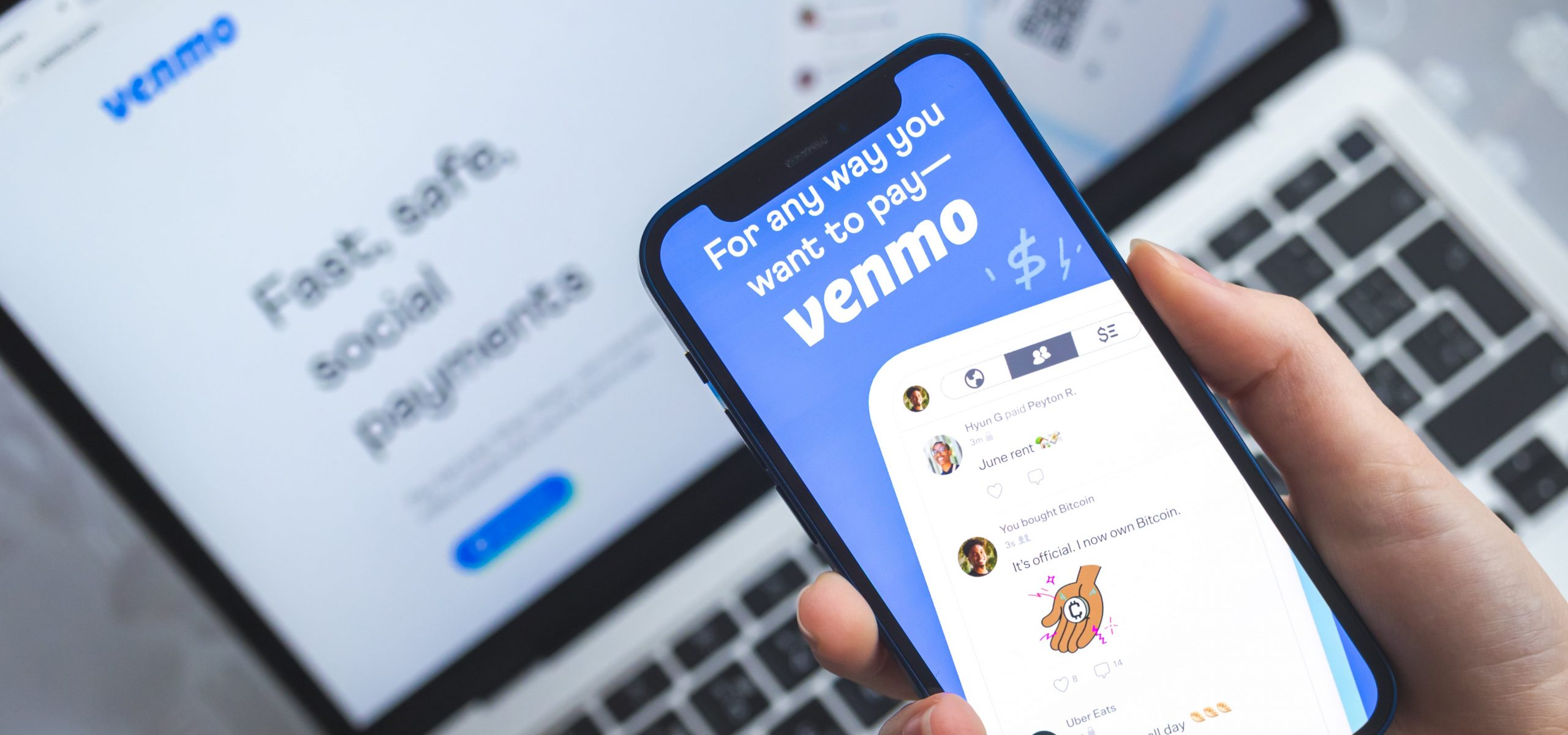
Venmo, a subsidiary of PayPal, has emerged as a frontrunner in the realm of peer-to-peer payments, redefining the way individuals transact with one another. Recognized for its user-friendly interface and social integration features, Venmo facilitates effortless payments and transactions among friends, family, and acquaintances.
By enabling users to link their bank accounts and debit cards, it ensures swift and secure fund transfers, thereby simplifying the payment process. Furthermore, its incorporation of social elements, such as transaction descriptions and emojis, adds a unique dimension to the payment experience, fostering camaraderie and engagement among users.
-
Transaction Fees: Sending money using a Venmo balance, bank account, or debit card is typically free. However, credit card transactions and instant transfers may involve fees.
-
Verification Requirements: Users need to link a bank account or card and may be required to provide additional information, such as Social Security Number, for enhanced verification.
-
Security Protocols: Venmo implements encryption and offers users the ability to set up PIN codes or biometric authentication for transactions.
5. Square: Empowering Businesses with Innovative Payment Solutions

Square, renowned for its innovative payment solutions, has garnered acclaim for empowering businesses with tools and technologies that streamline payment processes.
Catering to diverse business models, ranging from small enterprises to large corporations, Square offers a plethora of payment options, encompassing card payments, mobile wallet payments, and even cash payments.
Its intuitive payment gateway and merchant account services enable businesses to accept online payments with unparalleled ease and efficiency. Furthermore, its foray into new payment methods, such as QR code payments and digital wallets, underscores its commitment to driving innovation and fostering growth in the digital payment landscape.
-
Transaction Fees: Square’s fee structure varies based on the type of transaction and business model. While peer-to-peer transactions via Square Cash App are generally free, businesses might face different fee structures, including per-transaction fees or monthly subscription fees.
-
Verification Requirements: Businesses need to set up a Square merchant account, undergo a verification process, and link their bank account to receive payments.
-
Security Protocols: Square employs end-to-end encryption and offers features like chargeback protection and fraud detection to safeguard transactions.
Security Aspects of Online Payment Methods
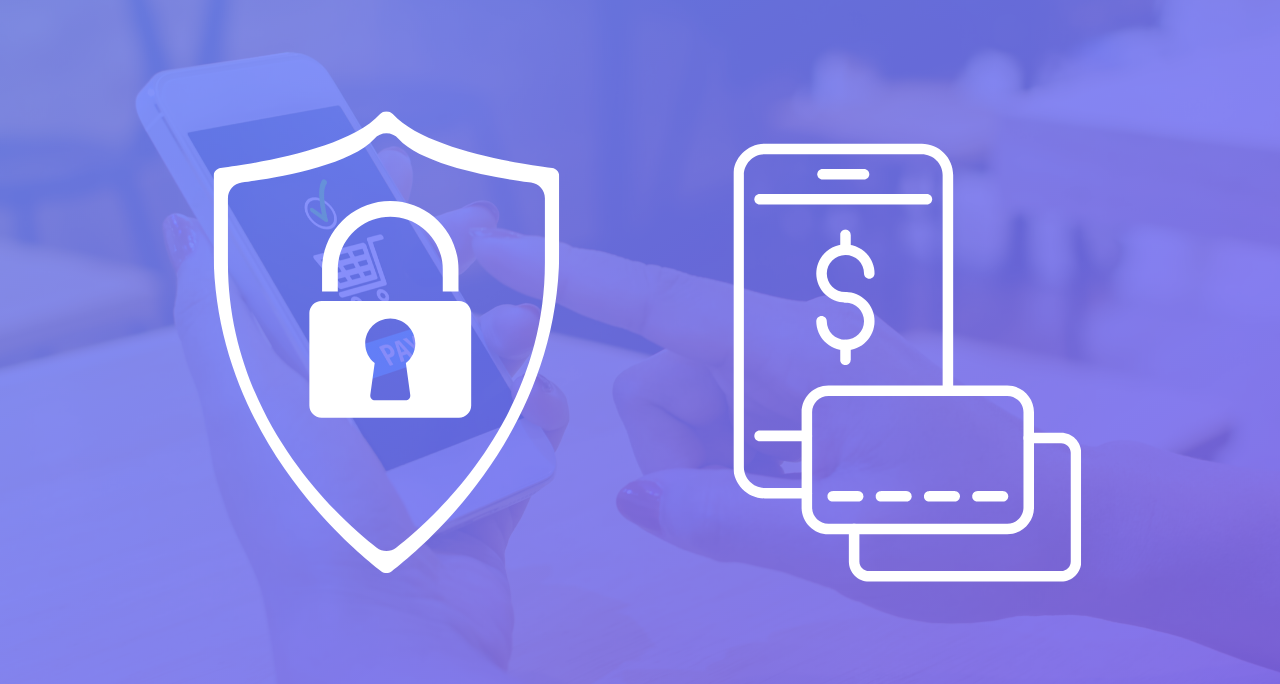
When it comes to online payment methods, security is of utmost importance. Ensuring the protection of sensitive information during transmission is crucial. One of the key techniques used to achieve this is encryption.
Encryption and Secure Sockets Layer (SSL)
Encryption techniques, such as Secure Sockets Layer (SSL), play a vital role in safeguarding online payment transactions. SSL creates a secure connection between the user’s device and the payment gateway, encrypting the data and preventing unauthorized access.
Imagine a scenario where you are making an online purchase. As you enter your credit card details, SSL encrypts this information, making it unreadable to anyone who might intercept it.
This encryption process involves converting the sensitive data into a coded format that can only be deciphered by the intended recipient, in this case, the payment gateway.
SSL uses a combination of cryptographic algorithms to ensure the security of the data. These algorithms scramble the information in such a way that it becomes virtually impossible for hackers to decode it. This adds an extra layer of protection to popular online payment methods, giving users peace of mind that their sensitive information is safe.
Two-Factor Authentication (2FA)
While encryption provides a strong defense against unauthorized access, an additional layer of security is always beneficial. This is where Two-Factor Authentication (2FA) comes into play.
2FA requires users to provide a second form of authentication, typically something they have or something they know, in addition to their username and password. This additional step significantly reduces the risk of unauthorized access to accounts, even if someone manages to obtain the login credentials.
One common implementation of 2FA is the use of unique codes sent to the user’s mobile device. After entering their username and password, the user receives a code via SMS or a dedicated authentication app. This code must be entered within a specified time frame to complete the login process.
By requiring this second form of authentication, 2FA adds an extra layer of security. Even if someone manages to steal the user’s login credentials, they would still need physical access to their mobile device to obtain the unique code. This significantly reduces the chances of unauthorized access to online payment accounts.
Payment Card Industry Data Security Standard (PCI DSS)
In addition to encryption and 2FA, another crucial aspect of online payment security is compliance with industry standards. The Payment Card Industry Data Security Standard (PCI DSS) is a set of security standards established by major card issuers to protect cardholder data.
PCI DSS ensures that businesses handling card transactions are implementing robust security measures to safeguard customer information. It sets guidelines for the secure storage, processing, and transmission of cardholder data.
Compliance with PCI DSS involves various security measures, including maintaining a secure network infrastructure, regularly monitoring and testing systems, and implementing strong access control measures. By adhering to these standards, businesses demonstrate their commitment to protecting customer data and reducing the risk of security breaches.
For consumers, PCI DSS compliance provides an added layer of assurance when making online payments. It assures them that the businesses they are dealing with have taken the necessary steps to protect their sensitive information.
Security is a critical aspect of online payment methods. Encryption techniques like SSL, Two-Factor Authentication (2FA), and compliance with industry standards such as PCI DSS, work together to ensure the confidentiality and integrity of online payment transactions.
By understanding and implementing these security measures, both businesses and consumers can enjoy the benefits of online payments with peace of mind.
Choosing the Right Online Payment Method
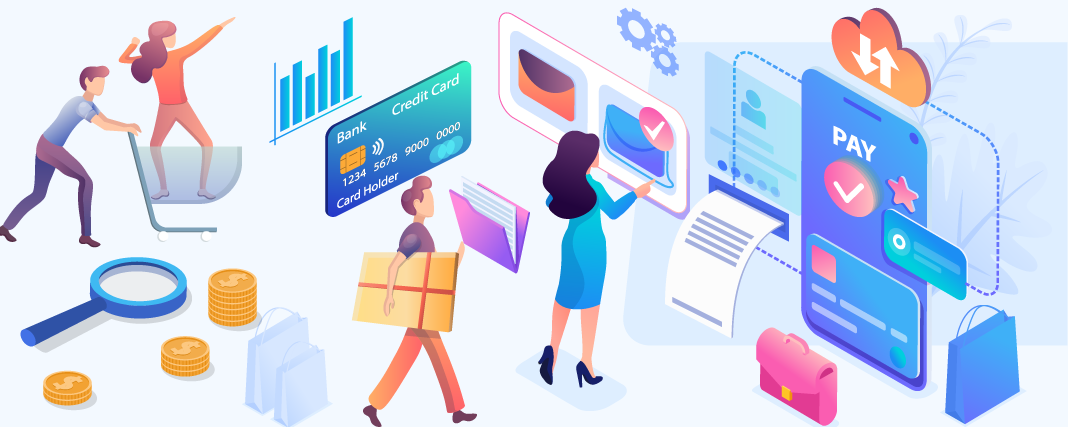
When it comes to making online payments, selecting the right payment method is crucial. With so many options available, it’s important to consider several factors before making a decision.
These factors include transaction fees, acceptance by merchants, security features, ease of use, and the availability of customer support. By carefully considering these factors, you can ensure that you choose a payment method that aligns with your specific needs and preferences.
Factors to Consider
Transaction fees play a significant role in the decision-making process. Some payment methods charge a flat fee per transaction, while others charge a percentage of the transaction costs total amount. It’s important to evaluate these fees and determine whether they are reasonable and affordable for your budget.
Another crucial factor to consider is the acceptance of the payment method by merchants. While most online retailers accept major credit and debit cards, not all of them may accept alternative payment methods such as e-wallets or digital currencies.
It’s essential to ensure that the payment method you choose is widely accepted by the merchants you frequently shop with.
Security is a top priority when it comes to online payments. It’s important to choose a payment service provider or method that offers robust security features to protect your personal and financial information. Look for payment methods that utilize encryption technology and two-factor authentication to safeguard your transactions.
Ease of use is another factor that should not be overlooked. Some payment methods may require you to create an account and go through a lengthy verification process, while others offer a simple and streamlined user experience. Consider your comfort level with technology and choose a payment method that suits your preferences.
Lastly, customer support is crucial in case you encounter any issues or have questions regarding your online payments. Look for payment methods that offer responsive and helpful customer support channels, such as live chat, email, or phone support. Having access to reliable customer support can provide peace of mind and ensure that any problems are resolved quickly and efficiently.
Pros and Cons of Different Payment Methods
Each online payment method has its own set of advantages and disadvantages. Credit and debit card payments offer convenience and widespread acceptance, but they can also be vulnerable to fraud and unauthorized transactions. It’s important to monitor your card activity regularly and take necessary precautions to protect your financial information.
E-wallets and digital currencies provide enhanced security by encrypting your payment information and allowing you to make transactions without sharing your card details.
However, these payment methods may not be as widely accepted as traditional card payments. It’s important to check whether the merchants you frequently shop with accept these alternative payment methods before making a decision.
Bank transfers and direct deposits offer reliability and are often used for larger transactions such as paying bills or transferring funds between accounts.
However, they may lack the immediate transaction speed found in other payment methods. It’s important to consider the urgency of your payment and choose a best payment method that aligns with your needs.
Mobile payment systems have gained popularity in recent years due to their convenience and enhanced security features. These payment methods allow you to make payments using your smartphone or other mobile devices. However, their availability may vary depending on the region and the compatibility of your device.
In conclusion, online payment methods have revolutionized the way we transact, making payments easier, faster, and more secure. The evolution of this powerful technology, coupled with the importance it holds in our daily lives, has paved the way for a diverse range of payment options.
By understanding the different types of online payment methods, considering their security aspects, and weighing the pros and cons, you can confidently choose the right payment method that suits your needs and preferences.

